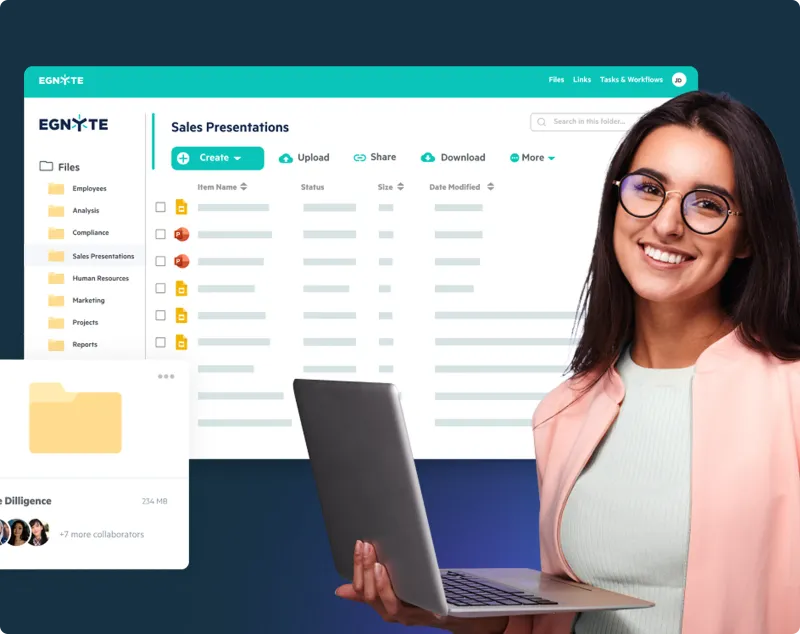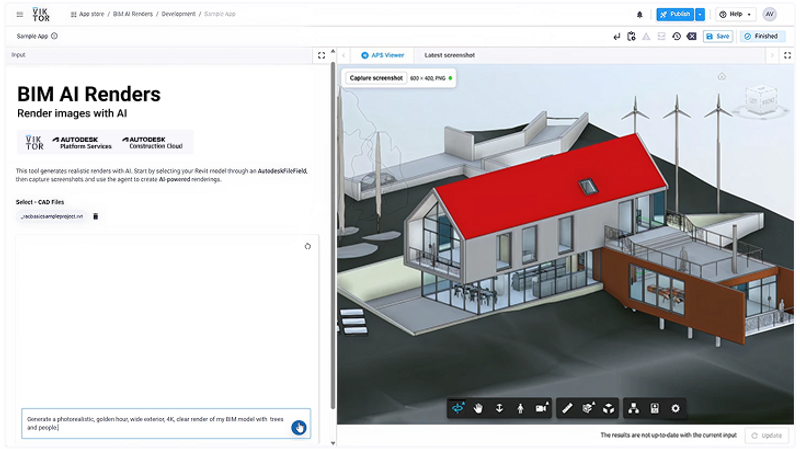Kolega: The Architect’s Automation Companion
The increasing demand for housing in urban areas globally is impacting accessibility for many, coinciding with technological shifts in the AEC industry. Urbanization is driving regulatory adaptations to accommodate more residents while considering socio-economic factors and well-being.
To address the housing shortage, architects, and their consultants, must deliver innovative design solutions quickly and work efficiently with real estate developers and city authorities. This process requires tools that enhance creativity. Generative design tools like Kolega are now aiding design professionals in their workflow. This article features an interview with the founders of Kolega, a tool designed to help architects expedite design iterations without compromising project requirements or control.
1. What motivated the development of Kolega, and how does it address existing gaps or challenges in architectural software tools? Why is the name Kolega?
The idea for a software to partner with architects was born more than a decade ago, when we — the founders of the company - met working at technical university. Its aim is to enable a quick search for building and urban layout possibilities.
The essential feature is that the user controls the result only by means of the parameters and data entered. The tool is fully automatic, you do not have to spend time operating it. All you have to do is provide the input data, and wait for the results. During that time, you can take a break or work on different tasks. And this is the feature that distinguishes it the most from competing solutions.
Kolega means a colleague or work partner - an algorithmic entity that allows the architect to exceed her or his capabilities, but precisely in collaboration and not through substitution.

2. How is Kolega helping users improve their workflow?
Kolega is designed for volume studies and searching through a variety of possible urban solutions. It is already being successfully used by our partners for preliminary assessment of the profitability of land acquisition (land and real-estate developers) as well as a tool to significantly speed up work in the preliminary concept phase and architectural competitions (architects).
The tool is designed for multi-family residential buildings and was developed in cooperation with experienced architects. We plan to develop further versions with mixed-use and office typologies.
| Fig 2. Kolega’s user flow, defining structure parameters and creating project solutions |
One of our partners applied Kolega in an architectural competition for a development complex of 600 flats. The local rules allowed an intensity that could not be achieved due to the mutual shading of the proposed and existing buildings. (Kolega also checks the insolation in terms of neighboring buildings). It was necessary to find the maximum possible total area that could be realized on the plot while at the same time complying with the sunlight and obstruction regulations.
The team of architects would work on this task for about two weeks, due to the large number of flats to be analyzed. Kolega gave an answer in one hour!
3. What benefits do clients experience with Kolega, and are there any current limitations?
Implementing Kolega will boost productivity thanks to much shorter times to develop an architectural proposal. Moreover it will give the design team multiple alternative layouts to choose from. It can be treated as an inspiration tool for urban design and you can be sure those solutions are in compliance with local planning rules as well as insolation rules you defined.
Kolega runs locally on your computer for maximum data safety (we also don’t collect any data from users). That’s why any limitations would be a result of the machine you’re using.
The largest site that was optimized so far was a master plan with solutions of 150 000 square meters of Total Floor Area. It is around 2900 flats, each with 4-6 possible window locations verified on the sunlight access.

4. What data inputs does Kolega require to start a project, and how does it utilize design knowledge from past projects?
The entry level is set to be as low as possible so that the user can get solutions immediately. At first you put info about the plot: enter location and set requirements for sunlight and obstruction rules. Then you import boundaries of the plot and building areas as well as the surroundings. The next step allows you to set the information on your desired architectural requirements: maximum and minimum height/length, number of levels, parking spaces and apartment structure. After that Kolega is ready to start.
You can alter your requirements and go through this process more than once to understand the design plot better. Solutions are based on collaboration with experienced architects, so they follow design rules. It gives an advantage to users, especially inexperienced ones, to compete with larger offices.

5. What specific repetitive tasks does Kolega automate?
Volume studies often mean searching through different layouts and analyzing them by hand. The bigger the plot the more time it takes. Kolega proposes different layouts, which are already optimized for the design team to choose from and further develop.
6. How does Kolega ensure the accuracy of its simulations?
Sunlight and obstruction analyses are based on a geometric library prepared by our team. That’s why we can be sure of their accuracy. All the data and methods are accessible to the user, allowing further verification. We do not apply any Machine Learning methods, which might speed up the process at the cost of accuracy.
7. How does Kolega integrate with existing tools and workflows used by AEC professionals?
Kolega can be used in any workflow as its main type of license is stand-alone version. It uses imports from .dxf files and the results can be exported to all major software on the market both as 3d models and 2d drawings. We are currently developing a version available in BIM software as an addon to allow seamless workflow.

8. How user-friendly is Kolega, and what are generally the user's main challenges in adopting it?
Basic CAD software knowledge is required in order to produce input for the software to use. Other than that, users need to be aware of industry-related terminology such as ‘intensity’ and ‘apartment structure’.
The main challenge is accepting the software as your partner (colleague) because architects tend to keep their control over the process to themselves, but still use a lot of automatic tools in other parts of their lives. In the past computer aided drawing and visualization techniques were also perceived as a threat to the architect's market.
Kolega is not created to take anything from designers or replace them - rather to be a helpful tool to maximize efficiency and creativity.
9. What feedback have you received from users about Kolega?
Main feedback was that it’s intuitive and easy to use as well as that it can be helpful in the design process. We got a lot of proposals for new functionalities that we are thoughtfully considering and will be implementing some of them for sure.

10. How does Kolega differentiate itself from other similar solutions in the market?
First of all, it is the only tool that is fully automated. The algorithm evaluates massive amounts of data, comparing hundreds of scenarios. Secondly, it works on the client's computer in order to provide maximum data privacy and avoid expensive cloud- computing services.
The software was created by a team of programmers with backgrounds in architecture and civil engineering, understanding the design principles. You can expect high quality results, both in terms of building composition and functional program
There are of course some companies developing similar tools to Kolega, most of which gradually transform into enhanced modeling software. We believe that there are already many great tools for modeling and we do not want to develop another one.
Our belief is that software should free architects and allow them to make informed decisions. Manual solutions do not follow this principle.
11. What are the different subscription plans, and what features do they include?
We have 2 plans available: Standard (for sites smaller than 10 000 square meters) and Professional (no site area limitations). We do offer a trial version for anyone who is interested in giving it a shot.
12. How do you ensure the security and privacy of data collected and processed by Kolega?
All the data is stored locally and the generation process itself is performed on the user’s machine. We resigned from cloud solutions based on talks with our clients. We do not collect any data so you can be sure the whole process is safe.
13. What future developments or enhancements do you envision for Kolega?
We will look into commercial typologies and mixed use layouts. We discuss further expansion of residential outputs, but we are careful not to drift into design-tool-territory with Kolega. We want it to stay a volume study software.

14. How does Kolega envision the future of the AEC industry, and what role does it see itself playing in that future?
AEC industry has great opportunities to utilize optimization and generative tools. We believe that what we see now is just the ‘tip of the iceberg’ of possibilities.
Conclusive Thoughts
The insightful conversation with the founders of Kolega reveal the realities possible today. The trend that’s to be observed, is that many of the tools enabling the increase in speed rely on minimal learning curves. This is exciting as for most past technologies, teams had to invest many hours of training to achieve outcomes that result from product expertise.
The lower barriers to entry in achieving automation in workflows should be exciting for firms of all sizes. The challenges of designing for urbanization become less demanding when tools aid the creative design thinking process the way Kolega does, and we look forward to learning more about how users find its’ implementation in their projects.
You can visit the webpage https://www.kolega.space/contact for 1 week software access.
Recent Articles
Learn about the latest architecture software, engineering automation tools, & construction technologies

Pioneering Technical Report Management (TRM™) for AEC Firms: A Quire Deep Dive
Learn how Quire founder Kelly Stratton is reinventing technical reporting in our latest aec+tech interview, where its purpose-built TRM™ platform, WordBank-powered standardization, AI-driven Smart Search, quality control, and the Lazarus knowledge engine come together to help AEC, environmental, and CRE teams cut reporting time and errors while unlocking their institutional expertise.

Moving to the Cloud: Egnyte’s Staged Approach for Architecture Firms
As projects grow, AEC firms are rethinking data management and collaboration. This article outlines Egnyte’s six-stage Architecture Cloud Journey—a practical roadmap for moving from on-premise systems to secure, collaborative cloud environments. From assessment to continuous improvement, it shows how to streamline workflows, strengthen security, and future-proof with AI-ready infrastructure.

SaaS Founders: Are You Timing Your GTM Right?
This article was written by Frank Schuyer, who brings firsthand experience as a founder in the software and SaaS world. In this piece, he explores how founders can unlock faster growth and stronger market traction by integrating go-to-market strategy (GTM) from the very beginning of product development—rather than treating it as an afterthought.

The VIKTOR App Builder: Putting Automation into Every Engineer's Hands
The VIKTOR App Builder is changing how engineers automate their work. Built on VIKTOR’s secure, enterprise-ready platform, it lets users turn calculations, checks, and post-processing tasks into shareable browser-based apps—no coding required. In this interview, CPO Stijn Jansen explains why the team created it, how it bridges no-code, low-code, and full-code workflows, and what it means for the future of AI-assisted engineering.